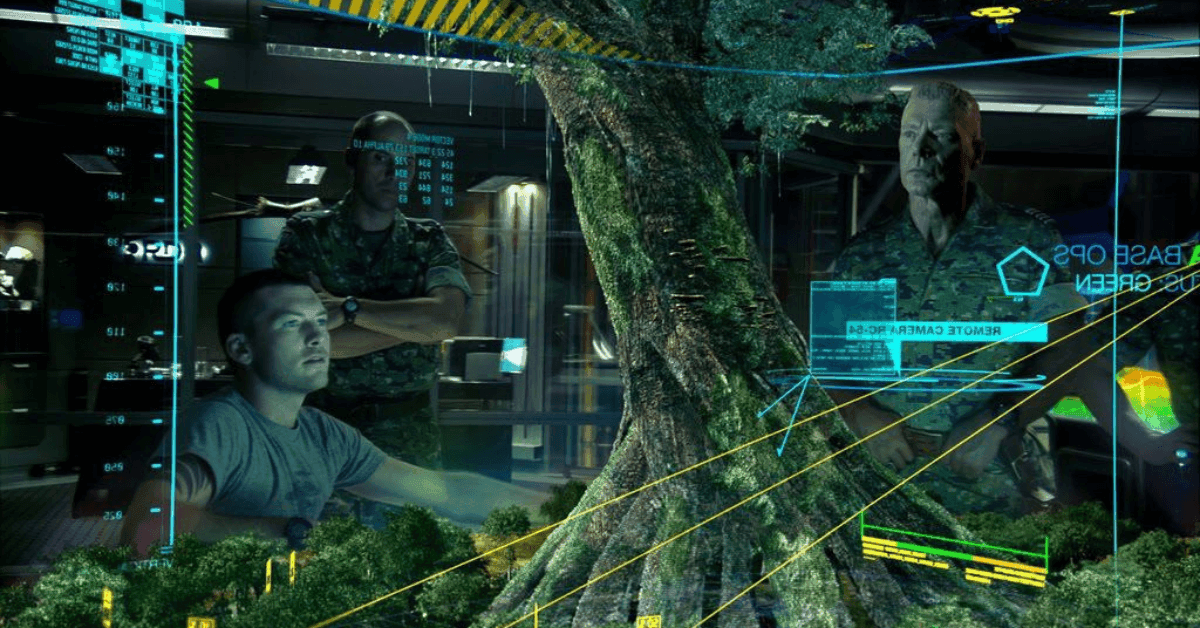Since its inception as a science-fiction idea, augmented reality has advanced significantly. The expenses of augmented reality were so high until recently that designers could only imagine working on design projects that utilised it. However, things have changed, and augmented reality is now even available on mobile devices. This implies that UX designers of all types and sizes now have the opportunity to design for augmented reality. Ivan Sutherland built the first version of the head-mounted augmented reality gadget in 1968, and he named it the Sword of Damocles. The phrase "augmented reality" was first used in 1990 by Tom Caudell, a researcher with Boeing.
With the changing times AR has been an integral part of our lives and comes with its own future. Because we are growing more and more dependent on AR-based software and apps, major companies like Apple, Amazon, Facebook, Google, and Microsoft are making significant investments in the technology. In the near future, the market for AR mobile devices will surpass $1.5 billion. So, augmented reality is going to revolutionise our world in the future!
AR in navigation
The market for outdoor navigation is dominated by Google Maps. However, there haven't been many attempts at indoor navigation. That will change when augmented reality develops. You may be pondering the significance of indoor navigation. But if you've ever gone to a sizable airport, a large hospital, a wide campus of a university, or a tall office building with illegible signage, you know that people become anxious when attempting to make their way there.
However, thanks to the technology's ability to depict a location in 3D with precise instructions on which turns to take, arrows, and distance indicators, even those who find it difficult to read maps may utilise AR to get comprehensive directions.
Your navigational problems will soon be over thanks to software and applications being developed by Google's ARCore and Apple's ARKit. Google's Maps already has augmented reality walking directions and tips. To gather data in real-time, users only need to aim and rotate their phone camera about themselves.
Product design
Computer displays with 3D models are antiquated. A new standard for product creation will soon be set thanks to computer scientists' tinkering and improvements to AR technology, which will enable immersive, accurate reproductions of the products being produced. Ford has previously utilised AR hesitantly to design cars. This should reduce production costs and save up time.
AR and your carts
The adoption of AR-assisted shopping applications is a crucial future trend in retail. In the upcoming several months, 100 million individuals are anticipated to use this technology. In a poll, 50% of respondents said they would want to buy products from stores that employ augmented reality technology.
The retail business may now use dependable and unfailing AR technology, which will benefit customers, merchants, product manufacturers, and distributors. This integration of AR into shopping has been made feasible by the exponential development in the sale of AR-supported mobile devices.
The giants and AR
The future of augmented reality has great promise for multibillion dollar businesses. Retail behemoths Tyson and Walmart are developing AR training techniques to provide their staff with a comprehensive grasp of how to operate the stores, where risk may be present, and the safety procedures that need to be followed; this trend will soon be adopted by their rivals. By 2022, the market for AR-assisted training will really be worth $6 billion. For testing, prototyping, quality assurance, and troubleshooting, technology companies will also rely on augmented reality.
Because augmented reality has the potential to simplify and improve the quality of our lives, everyone in the world is eagerly anticipating its development. The use of AR can enable the impossibility. Through travel and creativity, humans have always sought to advance. This fundamental human quality is represented via augmented reality.


POST A COMMENT (0)
All Comments (0)
Replies (0)